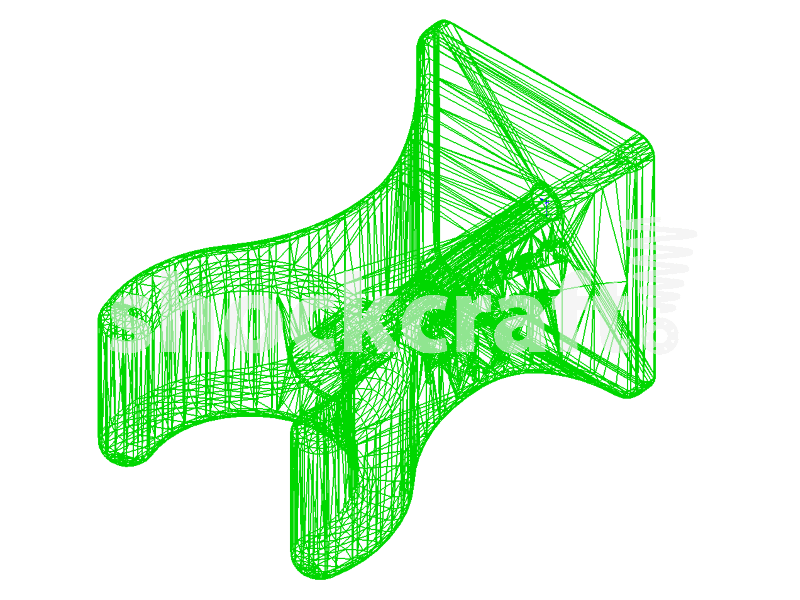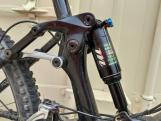You have no items in your shopping cart.
Win a Manitou Shirt
Win a Manitou Shirt

We've been too busy to organise a Bike of the Month for June, so if you think your bike is a contender for July send us a nice picture (with Shockcraft parts installed) and description, and you'll be in to win a Manitou Shirt (medium only).
Mid-winter Maintenance
 Here at Shockcraft we do all we can to help these little guys live. We give them good seals, we use full complement types that have as many balls as possible, then we get them packed as full as possible of the thickest and stickiest grease we can find. And it all helps. But they still can't last forever. So if it's been more than a year since your suspension bearings were checked or replaced, then it's time to check them out again.
Here at Shockcraft we do all we can to help these little guys live. We give them good seals, we use full complement types that have as many balls as possible, then we get them packed as full as possible of the thickest and stickiest grease we can find. And it all helps. But they still can't last forever. So if it's been more than a year since your suspension bearings were checked or replaced, then it's time to check them out again.How do they feel?
Smooth rotation is perfect.
• If they're grinding then they've worn steel particles off the balls and race. They're in bad shape.
• If you can't turn them by fingers, then they're seized and your suspension isn't working well at all.
Bearings are a tight fit. To get them in and out you need to either press them or hammer them. Pressing is by far the best method and can often be done with a vice and sockets. Hammering is okay to remove most bearings but some will come apart, leaving the (not fun at all) job of removing a stuck outer race jammed down in a bearing pocket!
1. Always support the piece of frame or linkage around the bearing pocket when pressing or hammering. Yes this can be difficult, but get it wrong and you can bend or snap frame parts.
2. Always press new bearings in by pushing only on the outer ring. Any force on the inner ring will usually damage the inner ring and the balls as the load is transferred diagonally from the inner race across the balls to the outer race that is being seated.
Video - Manitou McLeod Maintenance
As well as being a phenomenal shock, the Manitou McLeod can be rebuilt in a well equipped home workshop. This, just released, service video shows how it's done.
Manitou R7 Carbon Lowers
 The ultimate in bling for a retro build or rebuild: Manitou R7 MRD lower legs with a full carbon wrap. 1 only in carbon. Plenty in std magnesium.
The ultimate in bling for a retro build or rebuild: Manitou R7 MRD lower legs with a full carbon wrap. 1 only in carbon. Plenty in std magnesium.
We can build these into complete 26" forks around 3 lb with 80 or 100 mm travel.
Price on Application!









